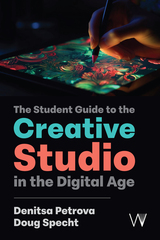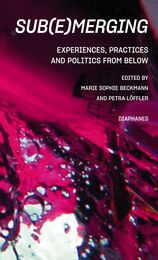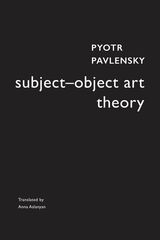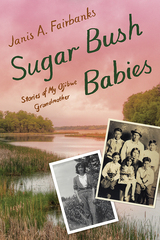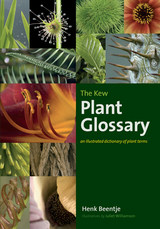
This accessible, comprehensive glossary covers all the descriptive terms for plants that one is likely to encounter in botanical writing, including everything from magazine articles to plant field guides, scientific papers, and monographs. An essential companion, it presents 3,600 botanical terms, accompanied by full definitions and detailed illustrations to aid in identification, all laid out in a clear, easy-to-use fashion. It will be indispensable for plant scientists, conservationists, horticulturists, gardeners, writers, and anyone working with plant descriptions, plant identification keys, floras, or field guides.
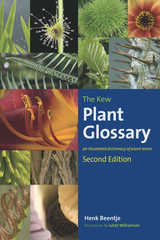
The Kew Plant Glossary is a comprehensive guide to the myriad of terms used in the identification and conservation of plants. This new edition adds more than four hundred new entries, including a vegetation-type section, bringing the total to 4,905 botanical terms and seven hundred illustrations. The terms are clearly explained, many with basic line drawings to further clarify a description. Henk Beentje consulted a host of botanical works as well as colleagues working in the field to create a glossary that is clear, easy to use, and free of confusion. He notes terms that are easily mixed up with others and points out phrases that are considered outside common usage.
This is an essential companion for anyone who finds themselves searching for the right word when writing about plants, who needs to clearly identify the pieces of their work, or who just wants to talk more authoritatively about the plants they love.

Compiled by a team of experts, each with an intimate knowledge of his or her subject, the entries are written in clear, accessible language and supplemented by numerous photographs and drawings. Each core material (glass, ceramics, textiles, paper, plastics, leather, metal, stone, wood, and paint) is covered from its raw state through any processing or preparation to various craft stages and finally, to any surface finishing.
Traditionally, the kind of information found in these pages has been passed on from craftsman to craftsman or confined to highly specialized books, and even common terms are often misunderstood. This dictionary makes the subject accessible to all—from art and architectural historians, curators, collectors, restoration specialists, artists, and museum staff to decorators, aficionados, and those who enjoy watching Antiques Roadshow. In short, this book is for all those who are intrigued by the materials and techniques used to create the beautiful objects that surround us.
READERS
Browse our collection.
PUBLISHERS
See BiblioVault's publisher services.
STUDENT SERVICES
Files for college accessibility offices.
UChicago Accessibility Resources
home | accessibility | search | about | contact us
BiblioVault ® 2001 - 2025
The University of Chicago Press


